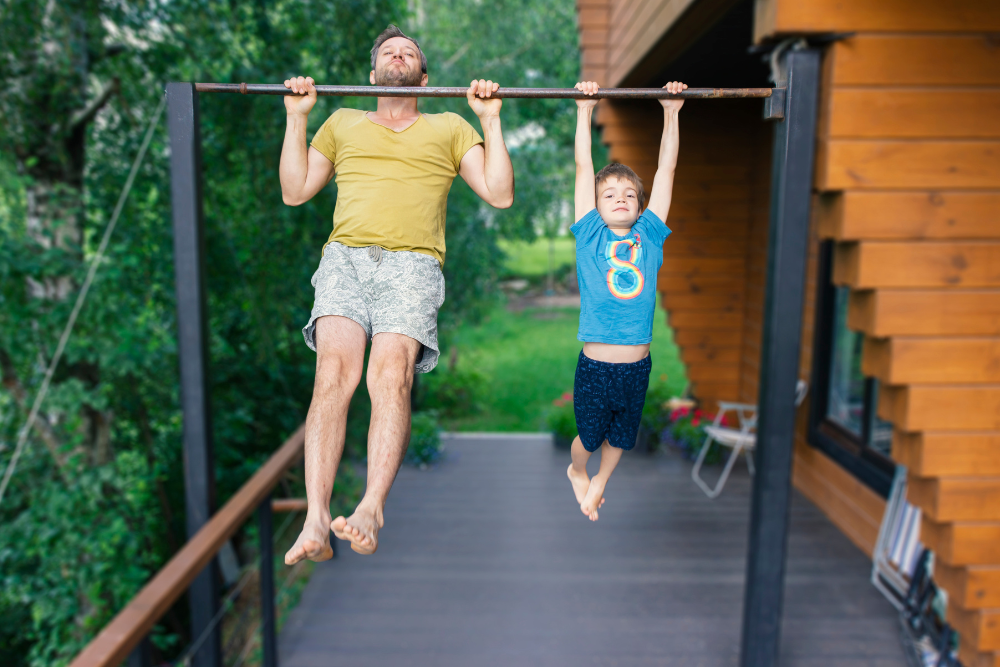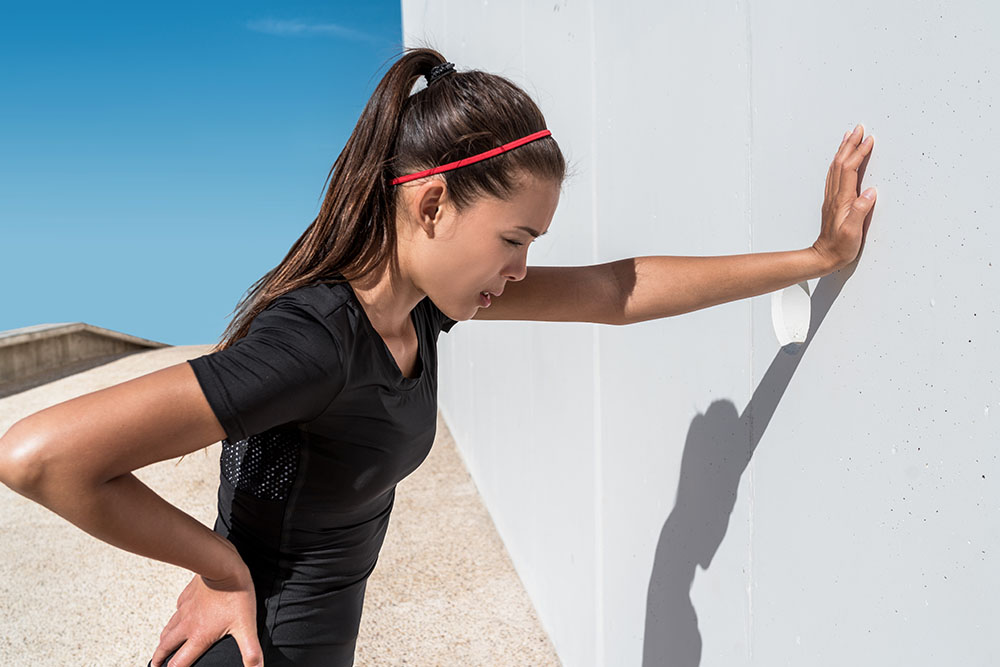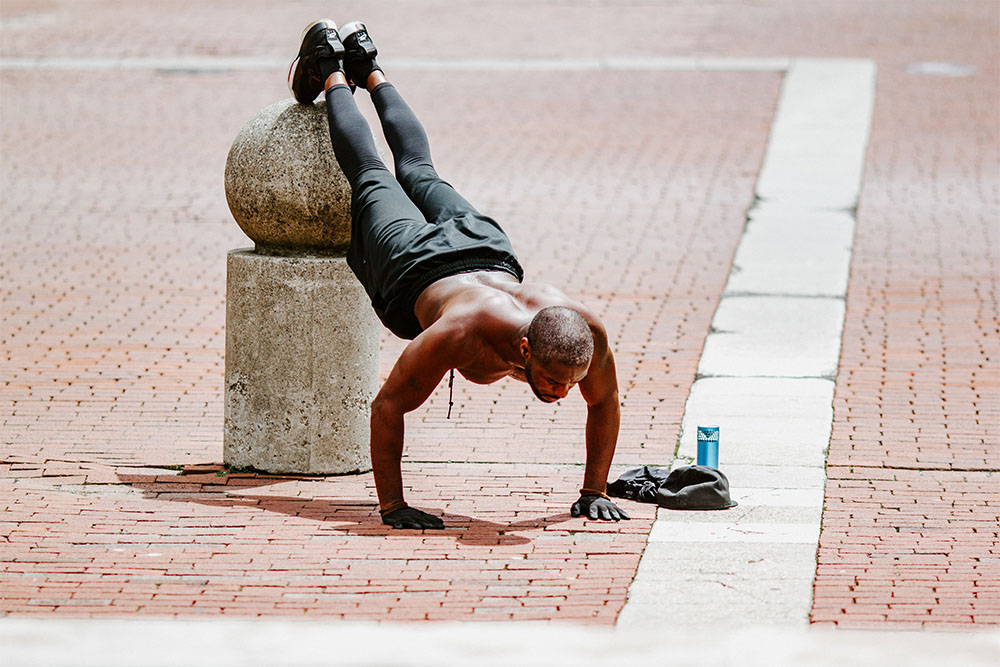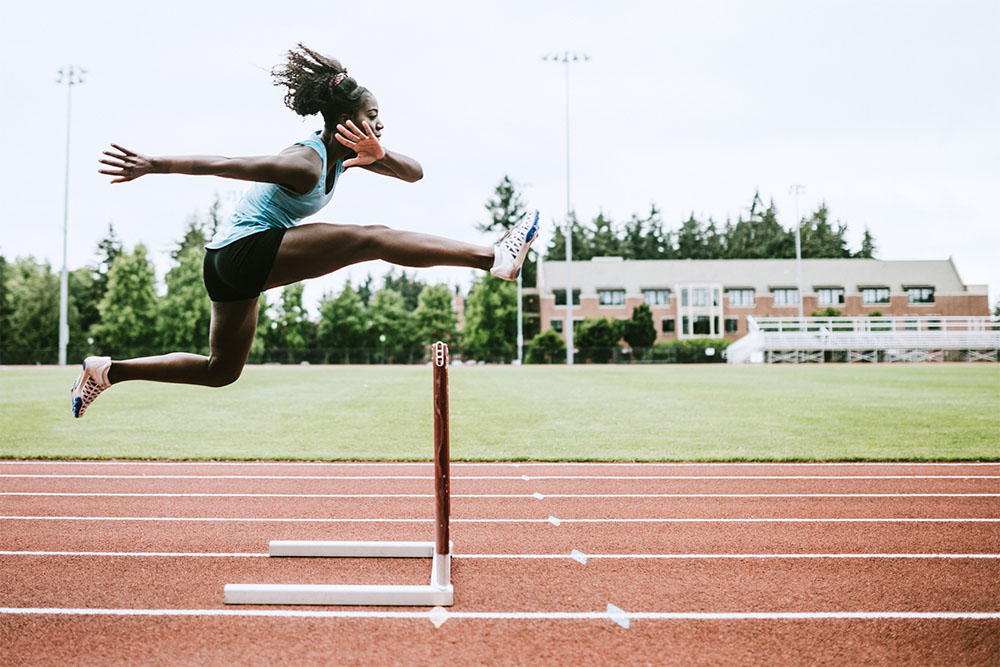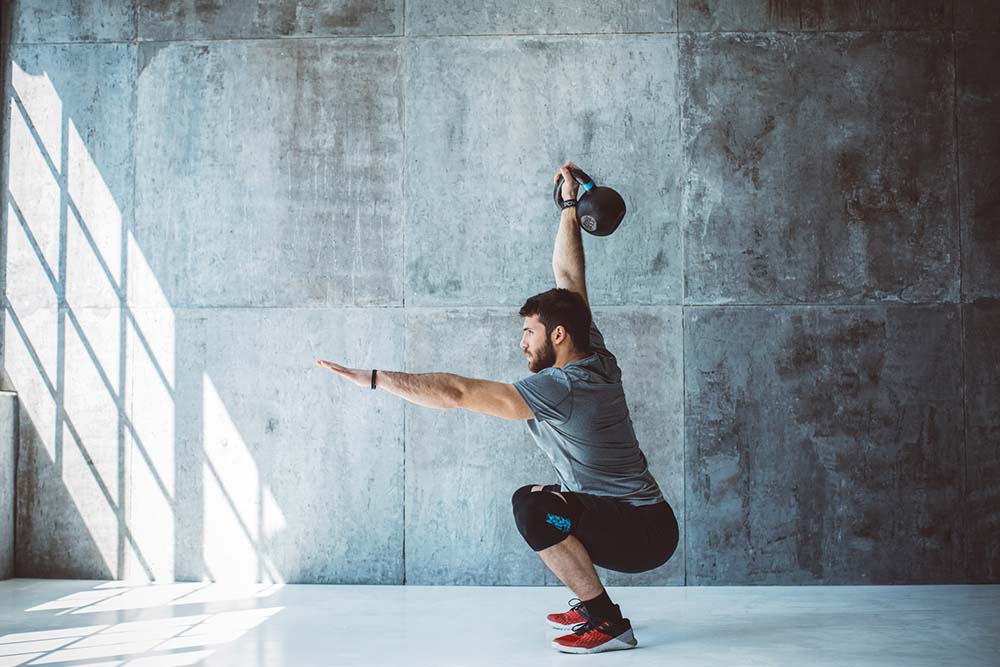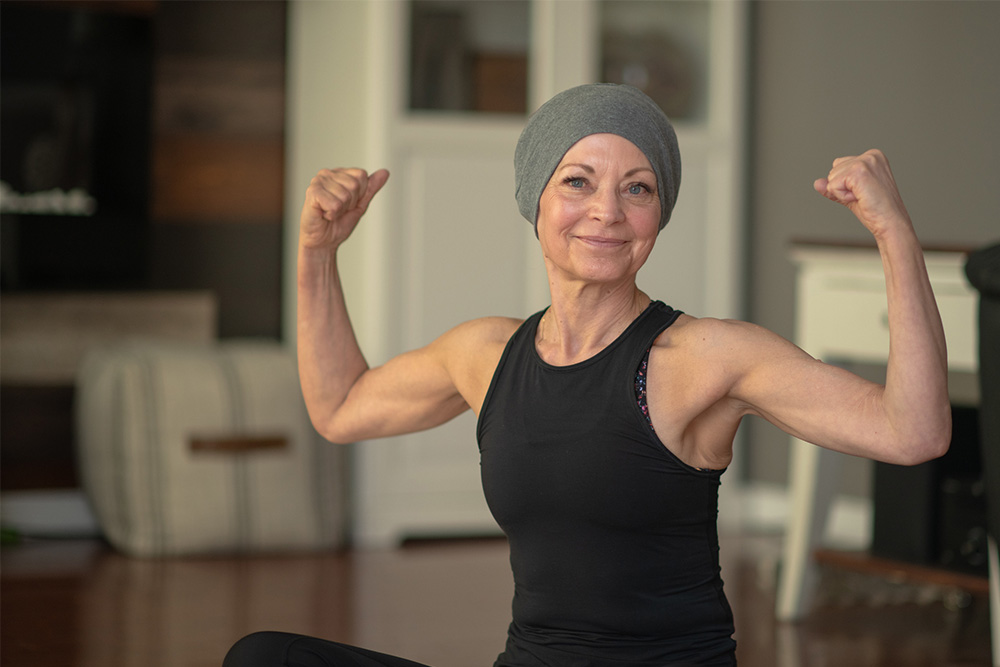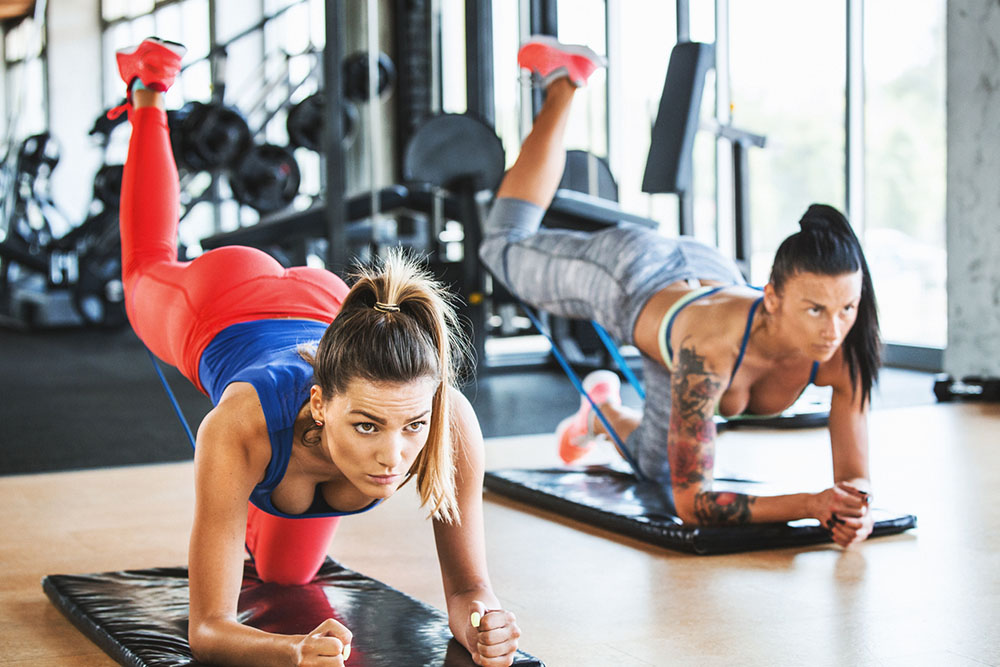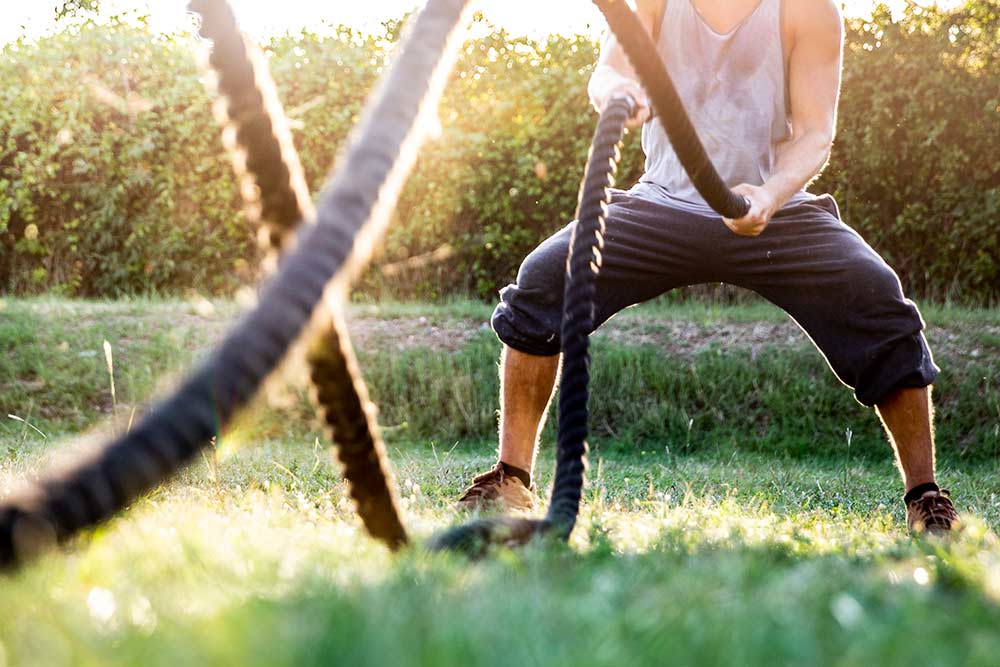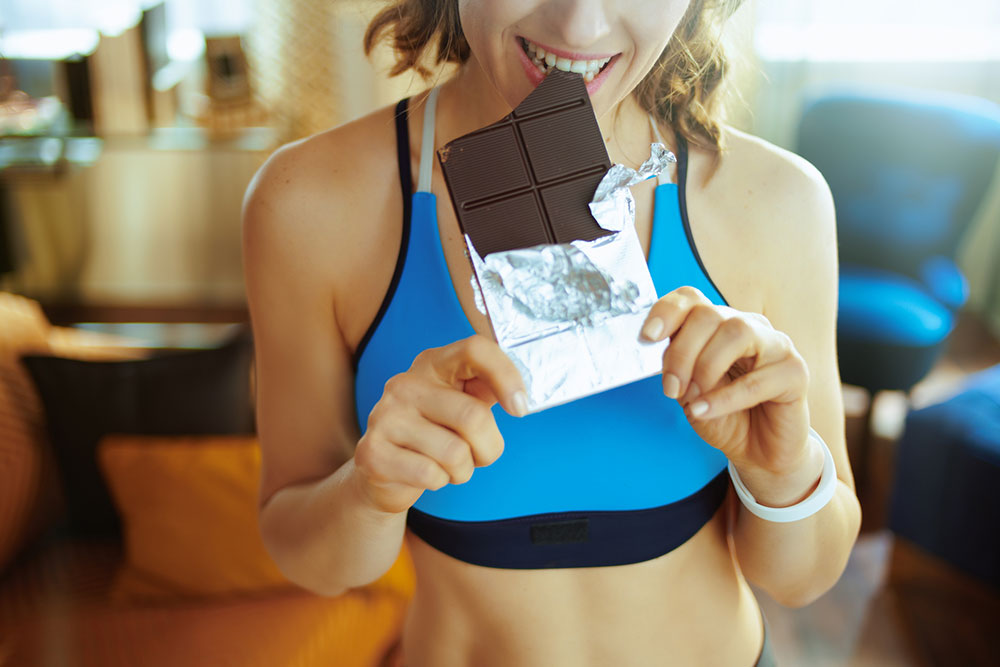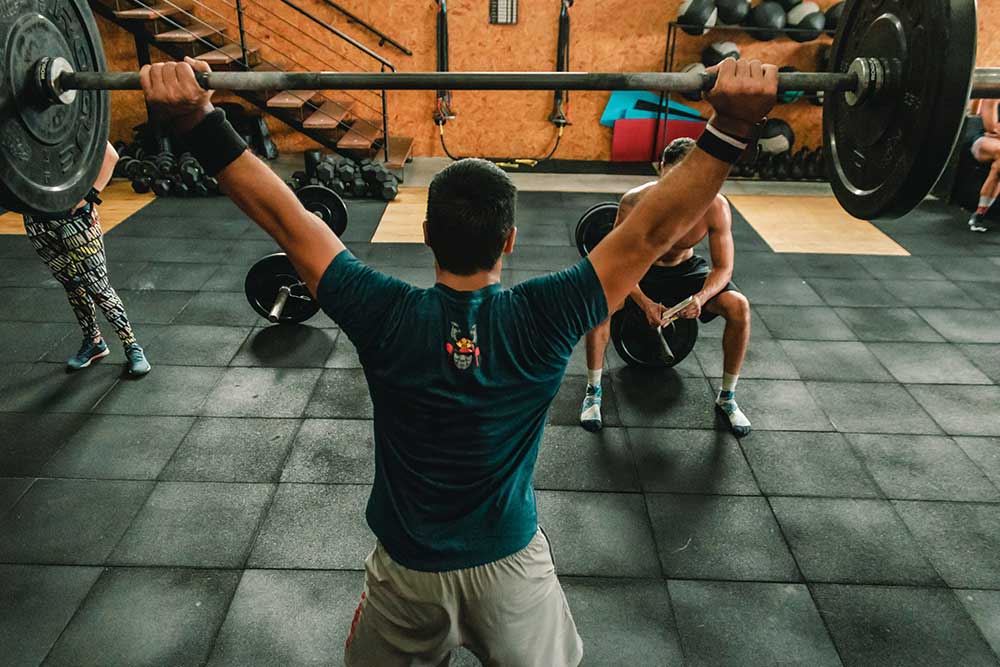Becoming an Unbreakable Athlete
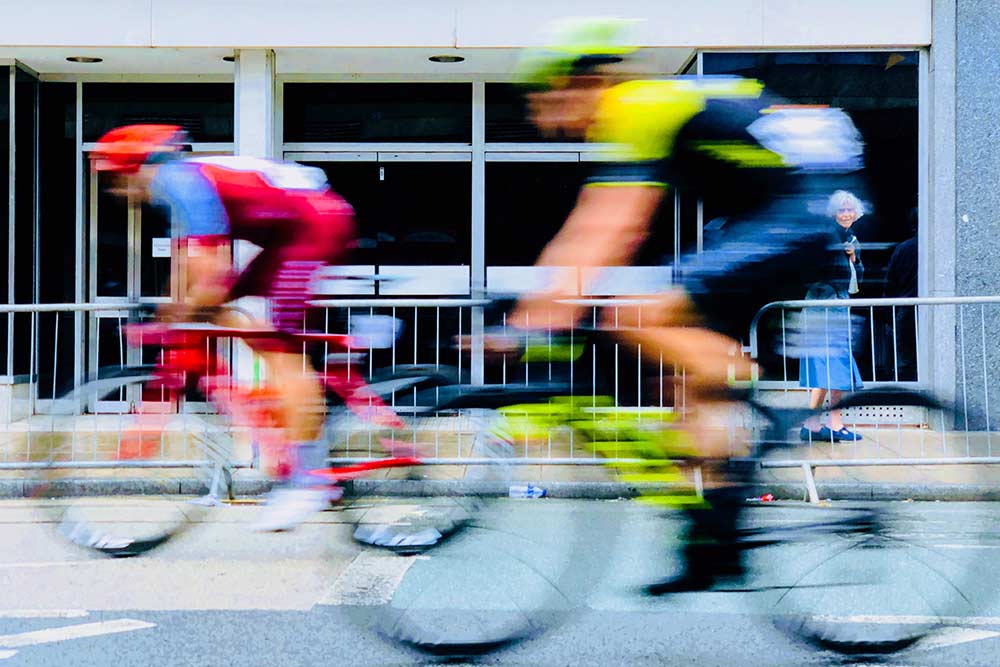
Hunter Bennett
The primary role of coaches and sports practitioners alike is to create robust athletes. Athletes capable of tolerating high training loads. Athletes that are capable of meeting the rigors of competition without a second thought.
Athletes who are strong, explosive, quick, and most of all, resilient. Athletes who are unbreakable.
What is an unbreakable athlete?
When it comes to improving performance through training, there is an integral need to increase training load. This training load needs to exceed the current capabilities of the athlete in such a way that it stimulates some sort of physiological adaptation. This applies to the development of strength, power, aerobic capacity, agility, and any other physical quality that you can think of.
However, too much load also increases the immediate increase of injury significantly. We can use an ancient Arabian proverb, ‘the straw that broke the camel’s back’, to help describe this phenomenon. This saying refers to a camel carrying a haystack that was extremely heavy. In fact, the haystack was so heavy that the addition of a single piece of straw literally broke its back.
In a sporting scenario the ‘camel’ refers to the athlete, and the ‘load of hay’ refers to the maximal workload that this athlete can tolerate safely. You may have guessed it, but the final piece of straw represents the addition of a training load that resulted in injury. In my mind, an unbreakable athlete is one that has the load tolerance capacity to meet all the demands required of them without injury.
These athletes can train to an extremely high standard to develop both the physical qualities and technical skills they need to compete at a high level. They are strong, powerful, and can handle everything you throw at them without getting injured. They are literally unbreakable (Gabbett, 2018).
What creates an unbreakable athlete?
The inherent biological qualities of an individual certainly play an important role in their individual degree of load tolerance. Things such as age, strength, and biomechanical and genetic makeup.
More importantly, athletes with extremely well-developed physical capabilities (think strength, aerobic fitness, speed, power) also tend to better tolerate high training loads with minimal risk of injury (Malone, 2018).
But, upon closer inspection, there is a small issue with is. You see, to develop and maintain a high degree of physical competency, athletes must complete higher training loads that are of a more demanding nature.
However, tolerating high training loads and improving physical capabilities already requires a relatively high base of physical capacity, which will again need some degree of training to develop – all of which creates a bit of a chicken or the egg scenario. So what can we do?
How do we create an unbreakable athlete without causing injury? The key is in training load management.
In an ideal situation, training loads would be tailored to the individual. With this in mind, they would be managed in such a way that they would cause enough stress to elicit physiological adaptation, but not great that they would result in injury (Hulin, 2016).
Moreover, across each separate training cycle, this stress would increase to meet the increased tolerance of the athlete – eventually accumulating to the point where that athlete becomes what we would deem Unbreakable.
Related Article: Are CrossFitters Prone To Injury? | The Answer May Surprise You
What is the importance of preventing injury?
There is a myriad of negative effects that come with injury, some of which can have far-reaching and long-lasting impacts on an individual’s ability to compete and perform.
First and foremost, and injured athlete is an athlete that cannot compete – and if they cannot compete, then they obviously cannot win.
This means less financial gain, less team success, and less recognition.
Secondly, an injured athlete cannot train. This means that during their injury period they actually enter a state of detraining, in which their individual load tolerance capacity decreases, as does their current performance capabilities.
As a result, time needs to be taken to not only rehabilitate their specific injury but also build them up to a point beyond where they got injured in the first place. This is integral to decrease their risk of getting injured again.
Finally, the biggest predictor of injury is previous injury (Hägglund, 2006).
This means that as soon as an athlete gets injured, their likelihood of getting injured in the future also increases significantly. This can, in turn, lead to more time lost, and more training time spent on rehabilitation rather than performance enhancement.
In short, injury prevention is integral to sustained athletic success.
What are the best exercises to ward off an injury?
Now, this is a bit of a double-edged sword.
In my mind, there is no single exercise that will completely ward off injury. Moreover, dependant on the sport that they play and their individual capabilities, some athletes will have different needs to others.
As such, some exercise may offer them more benefit from an injury prevention perspective than they would offer others.
However, in saying all that, there are a number of key areas that I believe are important for injury prevention, and should hold true for most athletes.
- Gluteal and posterior chain strength
- Landing capabilities
- Single leg stability
- Core strength and stability
Gluteal and Posterior Chain strength
By developing glute and posterior chain strength, an athlete can learn how to load through the hips effectively, while simultaneously reducing the load that is distributed through the knees and the hamstrings during athletic tasks.
This not only has the potential to enhance performance but also reduces the risk of acute lower limb injuries (Nadler, 2000).
Your best exercises here are glute bridges, hip thrusts, prone hip extensions, and deadlifts.
Landing Capabilities
Improving your landing capabilities increases your ability to absorb the ground reaction forces associated with jumping, bounding and rapid change of direction movements. This reduces the amount of load distributed through the passive structures of the limb, lowering the risk of ankle and knee injuries (Padua, 2015).
Your best exercises here are box jumps, depth drops, single leg hops, and lateral bounds.
Single Leg Stability
Without adequate single leg stability, your risk of collapsing into undesirable positions during running, sprinting, and jumping is significantly increased. This can further increase the risk of lower limb injury (Kianifar, 2017).
Improving single leg stability through strength training rectifies this.
Your best exercises here are single leg deadlifts, Bulgarian split squats, reverse lunges, and single leg deadlift variations.
Core Strength and Stability
And finally, limitations in core strength have been shown to reduce your ability to control your body through space. This can alter your movement mechanics during high threshold athletic tasks, significantly increasing the risk of injury associated (Leetun, 2004).
Your best exercises here are planks, side planks, cable rotations, and medicine ball throw variations.
Are there mental exercises to ward off injury and stay at peak performance?
Successful sports performance requires the integration of the various physical qualities already described, as well as the ability to maintain attention, to rapidly make decisions under high amounts of stress, and to maintain working memory in extremely demanding environments.
With this in mind, the introduction of cognitive exercises into athletic training has become commonplace to enhance skill development and competition performance (Walton, 2018).
However, there have been recent suggestions made that variations of this type of training may also help stave off injury risk. Visualization is a technique in which athletes repeatedly visualize themselves completing an athletic task successfully. Interestingly, this type of training has been shown to actually enhance skill development and athletic performance – even if the athlete is currently not completing that skill physically during training (Monsama, 2009).
Using this technique, it could be hypothesized that athletes could visualize themselves completing highly demanding jumping and landing tasks, to better their performance at these tasks. As these movements are those most likely to result in injury if they are performed in undesirable positions, this is likely to have a preventive effect on injury – although I will be the first to admit that more research is needed to prove that this is the case.
In conjunction with visualization, meditation is another powerful tool that can be used to reduce stress and anxiety, which has been shown to improve acute athletic performance.
More importantly, mediation may also reduce inflammation and improve recovery after both training and competitions, which can have an accumulative effect on reducing chronic injury risk and improving performance (Mohammed, 2018).
Related Article: How Core Strength Effects Athletic Performance
How can I change my nutrition to ward off an injury?
There are a few big rocks of nutrition that you can address to maximize your ability to recover between training sessions, which can, in turn, have a positive effect on your risk of injury.
Firstly, you want to make sure you make sure you consume enough carbohydrates to fuel your training session effectively. In doing so, you can ensure that those sessions are performed at a high intensity and are of the highest quality, thus stimulating optimal adaptation (Kanter, 2018). Ideally, your carbohydrates should come from whole sources such as grains, fruits, and vegetables.
You also want to make sure that you consume adequate protein to recover from your training sessions. As recovery is essential to reducing the accumulation of load that can contribute to injury risk, this is of the highest importance (Phillips, 2011). In this manner, opt for lean sources of meat, poultry, and fish.
And finally, try and eat a variety of fruits and vegetables. As these foods are full to the brim with essential vitamins and minerals, they have the ability to improve immune system function, reduce harmful inflammation, and essentially keep you functioning to an extremely high level (Neville, 2013).
Try and make sure these include some green leafy vegetables, as well as some bright colored vegetables such as peppers, carrots, and tomatoes.
Maintaining peak athletic performance: optimizing exercise, nutrition, and mental games.
Now, if your primary goal is to completely maximize your athletic performance, the key is optimizing the three discussion points above into a single cohesive program, all moving you towards that one single goal.
This means training in the gym two prevent injuries and improve performance. This means making sure that your diet is on point every single day. This means visualizing your success to improve your on-field performance. This means meditating to enhance recovery and reduce stress.
In short, it means doing everything you can to make yourself as resilient as possible. In doing so, you will not only become an elite performer, but you will be physically capable of handling the extreme environments that come with training and competing at a high level. You will literally become unbreakable.
Take Home Message
Achieving peak athletic performance is more than just competing at a high level. It involves dedicating all aspects of your training to ensure that you are entirely capable of tolerating the rigors of training and competition without seeing a subsequent increase in injury risk.
It means becoming an unbreakable athlete.
Someone who is meticulous with their preparation and dedication to the cause. Someone who works not only harder than their competitors but also smarter than their competitors. Someone who is resilient, strong, fit, and powerful.
The echelon of the athletic world.
References
Gabbett, Tim J., et al. “In pursuit of the ‘Unbreakable’ Athlete: what is the role of moderating factors and circular causation?.” (2018): bjsports-2018.
Malone, Shane, et al. “Can the workload–injury relationship be moderated by improved strength, speed and repeated-sprint qualities?.” Journal of Science and Medicine in Sport (2018).
Hulin, Billy T., et al. “The acute: chronic workload ratio predicts injury: high chronic workload may decrease injury risk in elite rugby league players.” Br J Sports Med 50.4 (2016): 231-236.
Hägglund, Martin, Markus Waldén, and Jan Ekstrand. “Previous injury as a risk factor for injury in elite football: a prospective study over two consecutive seasons.” British journal of sports medicine 40.9 (2006): 767-772.
Nadler, Scott F., et al. “The relationship between lower extremity injury, low back pain, and hip muscle strength in male and female collegiate athletes.” Clinical Journal of Sport Medicine 10.2 (2000): 89-97.
Padua, Darin A., et al. “The landing error scoring system as a screening tool for an anterior cruciate ligament injury–prevention program in elite-youth soccer athletes.” Journal of athletic training 50.6 (2015): 589-595.
Kianifar, Rezvan, et al. “Automated Assessment of Dynamic Knee Valgus and Risk of Knee Injury During the Single Leg Squat.” IEEE journal of translational engineering in health and medicine 5 (2017): 1-13.
Leetun, Darin T., et al. “Core stability measures as risk factors for lower extremity injury in athletes.” Medicine & Science in Sports & Exercise 36.6 (2004): 926-934.
Walton, Courtney C., et al. “The potential role for cognitive training in sport: More research needed.” Frontiers in psychology 9 (2018).
Monsma, Eva, James Mensch, and Jennifer Farroll. “Keeping your head in the game: Sport-specific imagery and anxiety among injured athletes.” Journal of Athletic Training 44.4 (2009): 410-417.
Mohammed, Warhel Asim, Athanasios Pappous, and Dinkar Sharma. “Effect of Mindfulness Based Stress Reduction (MBSR) in Increasing Pain Tolerance and Improving the Mental Health of Injured Athletes.” Frontiers in psychology 9 (2018).
Kanter, Mitch. “High-Quality Carbohydrates and Physical Performance: Expert Panel Report.” Nutrition today 53.1 (2018): 35.
Phillips, Stuart M., and Luc JC Van Loon. “Dietary protein for athletes: from requirements to optimum adaptation.” Journal of sports sciences 29.sup1 (2011): S29-S38.
Neville, Charlotte E., et al. “Effect of increased fruit and vegetable consumption on physical function and muscle strength in older adults.” Age 35.6 (2013): 2409-2422.
You Might Like:

